Marie André Marcel Riffard was a French aeronautical engineer. He designed fighter aircraft and air racers, as well as airplanes for postal delivery and medical transport. He also designed racing cars and land-speed record cars for Panhard and Renault. Riffard has been called the "Father of modern aviation".

The Caudron C.450 and C.460 were French racing aircraft built to participate in the Coupe Deutsch de la Meurthe race of 1934.
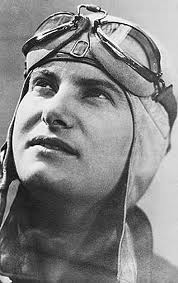
Hélène Boucher was a well-known French pilot in the early 1930s, when she set several women's world speed records and the all-comers record for 1,000 km (621 mi) in 1934. She was killed in an accident in the same year.

The Potez 53 was a French low-wing enclosed cockpit single-seat cantilever monoplane racing aircraft built by Potez to specifically to compete in the 1933 Coupe Deutsch de la Meurthe race, which it won outright.
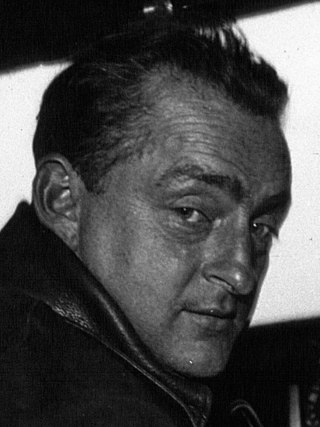
Commandant Maurice Albert Alfred Jean Arnoux was a French World War I flying ace credited with five aerial victories. After the end of the First World War, he continued his aviation career during the 1930s as an air racer and aviation record setter until the Second World War. He returned to flying fighter planes during the early days of World War II, but was killed in action in 1940.
The Lioré et Olivier LeO 8, Lioré et Olivier LeO 8-Cau 2 or Lioré et Olivier LeO 8 CAN 2 was a French two seat, parasol wing monoplane night fighter and reconnaissance aircraft, built in 1923.

The Caudron C.362 and the almost identical C.366 were single-seat racing aircraft built in 1933 by Caudron to compete in the Coupe Deutsch de la Meurthe competition.
The Bloch MB.90 was the first all-metal French light aircraft. Only two aircraft were completed, making their first flights in 1932, though there were several variants.
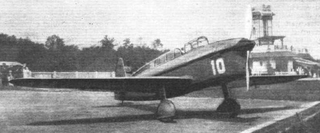
The Caudron C.530 Rafale was a French two seat competition aircraft. Only seven were built but they had great success in several contests during 1934.
The Renault 438, a.k.a. Coupe Deutsch 1934 was a specially developed racing engine, designed and built in France, for use in aircraft competing in the Coupe Deutsch de la Meurthe aircraft races.

The Caudron C.27 was a French biplane, a two-seat basic trainer which also competed successfully in the 1920s.
The Caudron C.91 was a French single engine biplane with an enclosed passenger cabin seating four. It first flew in 1923.

The Caudron C.39 was a French three-engined biplane with a cabin for six passengers when the aircraft was equipped as a landplane or four passengers when on floats. It was flown with some success in competitions in 1920 and 1921.
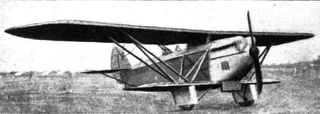
The Descamps 17 A.2 was a two-seat reconnaissance fighter built under a French government programme of 1923. Two versions, with different engines, were tested and six examples were built under licence by Caudron as the Caudron C.17 A.2.

The Coupe Deutsch de la Meurthe was an international aeronautical speed competition instituted on 25 August 1909 by the French oil magnate Henry Deutsch de la Meurthe. The race was reinstated three times through the years at the initiative of the Aéro-Club de France, and later by Deutsch de la Meurthe's daughter Suzanne.

The SFCA Lignel 20 was a French, single engine, low wing monoplane, one of a series of this type built by SFCA in the 1930s. It was capable of aerobatics but was primarily a racing aircraft.
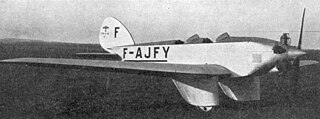
The Albert A-60 was a single engine, two seat, wooden sports monoplane designed and built in France in the early 1930s. Two were built and flown with three different engines.
The Caudron C.580 was a French advanced trainer aircraft intended to prepare pilots for the new low wing monoplane fighters of the mid-1930s. It did not go into production and only two were built.
The Caudron C.860 was a single engine, single seat monoplane ordered by the French government as a long distance communications aircraft. First flown in 1938, it was also expected to set speed and altitude records but the outbreak of World War II ended developments.
The Caudron C.360 was a French racing aircraft built by Caudron in the early 1930s to compete in Coupe Deutsch de la Meurthe air races.














